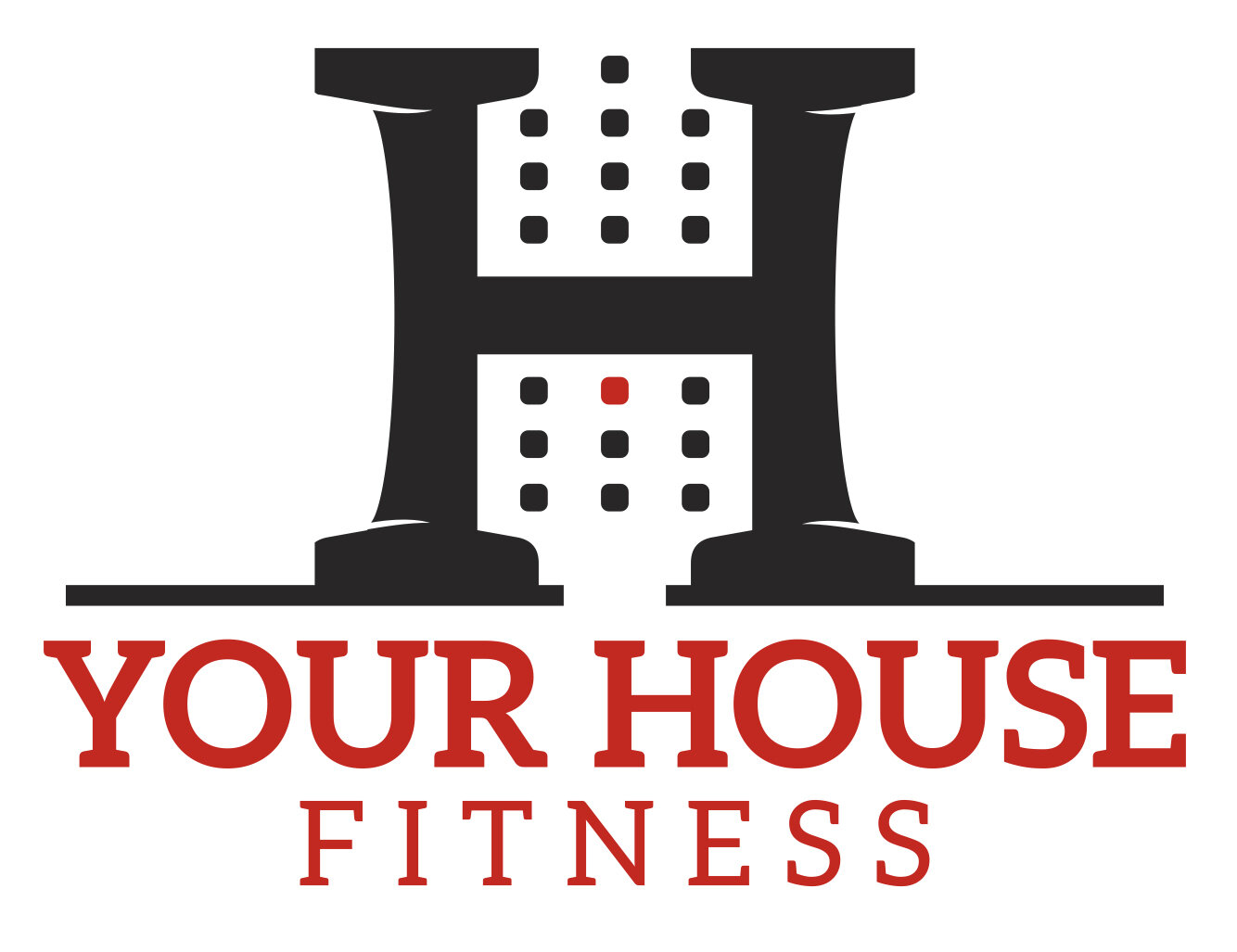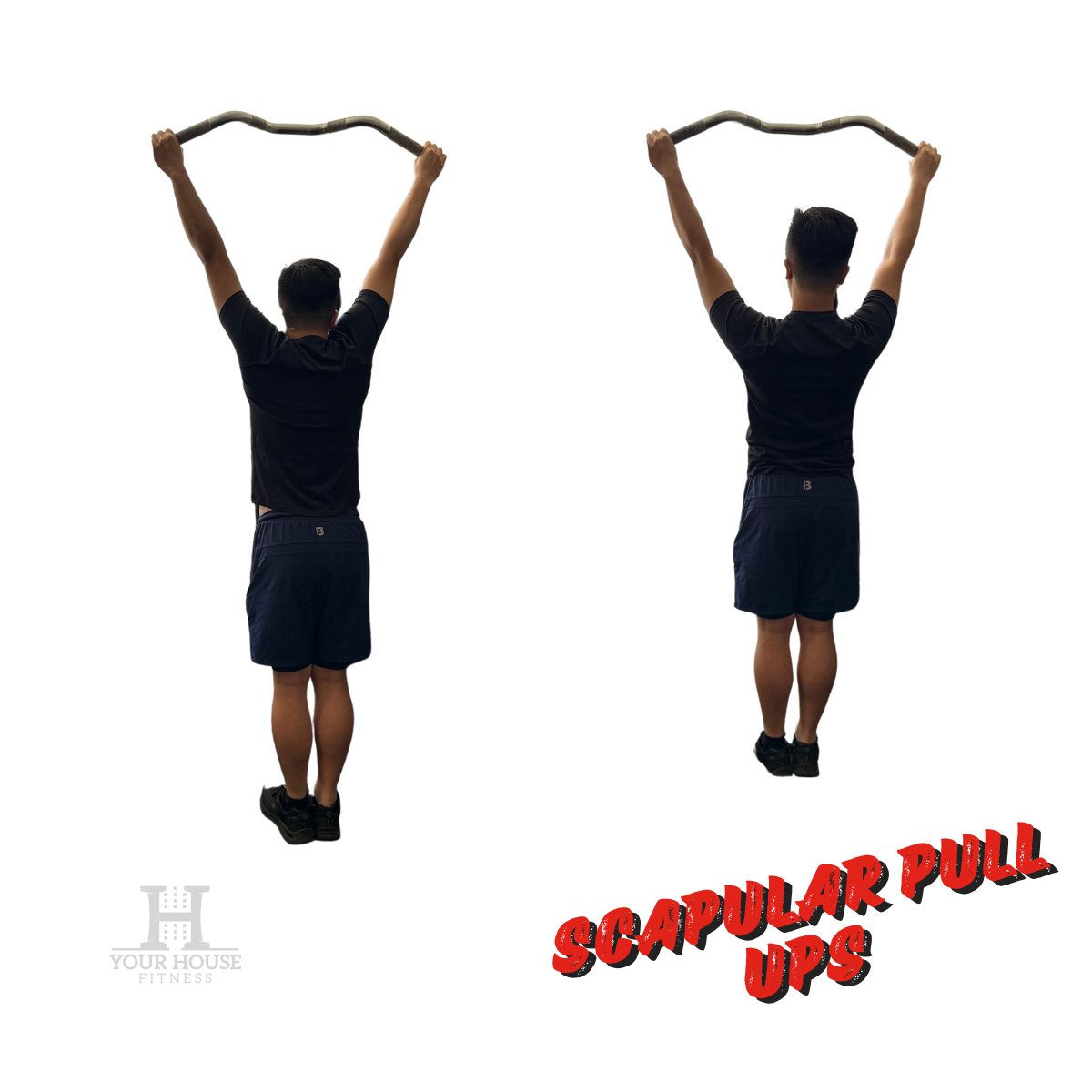How to Do Scapular Pull Ups
Table of Contents
What Are Scapular Pull Up
Scapular pull ups are an excellent exercise for building strength and learning the mechanics needed for your first pull up. This movement focuses on engaging the scapula (shoulder blades) in a vertical pulling motion, making it a fantastic tool for beginners and seasoned athletes alike. Not only do scapular pull ups help prime your body for pull ups, but they also counteract the forward, hunched posture many of us develop from daily activities. Here’s how to perform scapular pull ups effectively.
The scapular pull up, also referred to as the scapular retraction pull up, involves a key movement where the shoulder blades are retracted. This retraction occurs when you pull your shoulder blades down and back, engaging the muscles around your scapula without bending your elbows.
How to Do a Scapular Pull Up
Find a pull-up bar and grip it at slightly wider than shoulderwidth apart.
Adjust the grip based on your limb length, some may need a wider grip, others a narrower one. Experiment to find what feels comfortable and stable for you.
Hang from the bar with your feet off the ground.
Tighten your entire body by squeezing your core, glutes, and legs. This full body tension creates a stable base for the movement.
Begin with your shoulders relaxed and elevated, as if shrugging them toward your ears (think of the “I don’t know” gesture with your shoulders raised).
Your arms should be fully extended, and your body should remain straight.
Engage your scapula by pulling your shoulder blades down and slightly back, as if you’re trying to widen your upper back.
Your body will lift slightly, but your arms should remain straight, no bending at the elbows.
Focus on controlled, deliberate movement to activate the muscles around your scapula.
Slowly release back to the relaxed, shoulders elevated position.
Repeat for the desired number of reps, maintaining control throughout.
Why Scapular Pull Ups?
Scapular pull ups are ideal for teaching proper shoulder engagement during vertical pulling exercises, such as pull ups or lat pulldowns. They strengthen the muscles around your scapula, improve shoulder mobility, and prepare your body for more advanced movements. Plus, they’re a great way to reset your posture after long hours of sitting or slouching.
Tips for Success
Use Assistance if Needed: If scapular pull ups feel too challenging, loop a resistance band around the bar and place your feet in it to reduce the weight you’re pulling. Alternatively, practice the same motion on a lat pulldown machine.
Focus on Form: Keep your movements slow and controlled to maximize muscle engagement and avoid swinging.
Counteract Poor Posture: Scapular pull ups are great for reversing the forward shoulder position caused by sitting or working at a desk all day. Incorporate them into your warm-up to prime your body for pulling exercises.
Why It Works
Scapular pull ups isolate the initial phase of a pull up, teaching you to engage your scapula effectively. This foundational movement builds strength and awareness in the upper back and shoulders, setting you up for success in more complex exercises. Plus, it’s a fantastic way to improve posture and prepare your body for vertical pulling motions.
Muscles Used in Scapular Pull Ups
Here’s a quick rundown of the main muscles involved and what they do during scapular pull ups.
Latissimus Dorsi (Lats)
What they do: These big back muscles pull your shoulder blades downward.
In the exercise: Your lats kick things off by driving that downward motion, setting you up for a strong pull.
Trapezius (Lower and Middle Traps)
What they do: Lower traps pull the shoulder blades down, while middle traps squeeze them together.
In the exercise: They work to drop and pinch your shoulder blades, keeping everything stable and controlled.
Rhomboids (Major and Minor)
What they do: These guys pull your shoulder blades together toward your spine.
In the exercise: They team up with the traps to give that satisfying squeeze in your upper back.
Levator Scapulae (minor role)
What they do: Helps keep your shoulder blades in check.
In the exercise: Supports the main players by keeping your scapulae steady.
Core (Abs and Obliques)
What they do: Tighten up to keep your body from swinging.
In the exercise: Your core locks in so you stay steady and focus on the shoulder blade movement.
How It All Comes Together
When you do scapular pull ups, you hang from a bar with straight arms, tighten your core, and pull your shoulder blades down and back. Your lats, traps, and rhomboids do the heavy lifting to move and stabilize your shoulder blades, while your core keeps you from flopping around. This move is awesome for building upper back strength, fixing your posture, and getting you ready for full pull ups.

